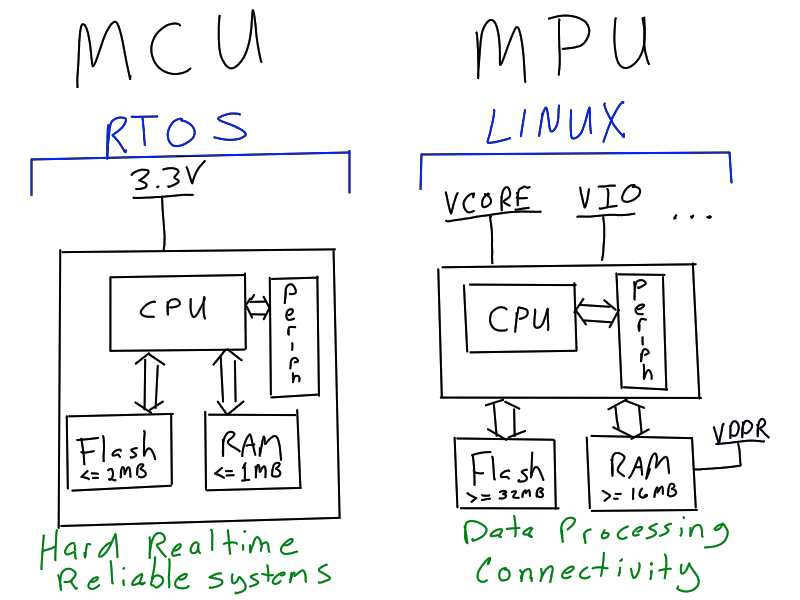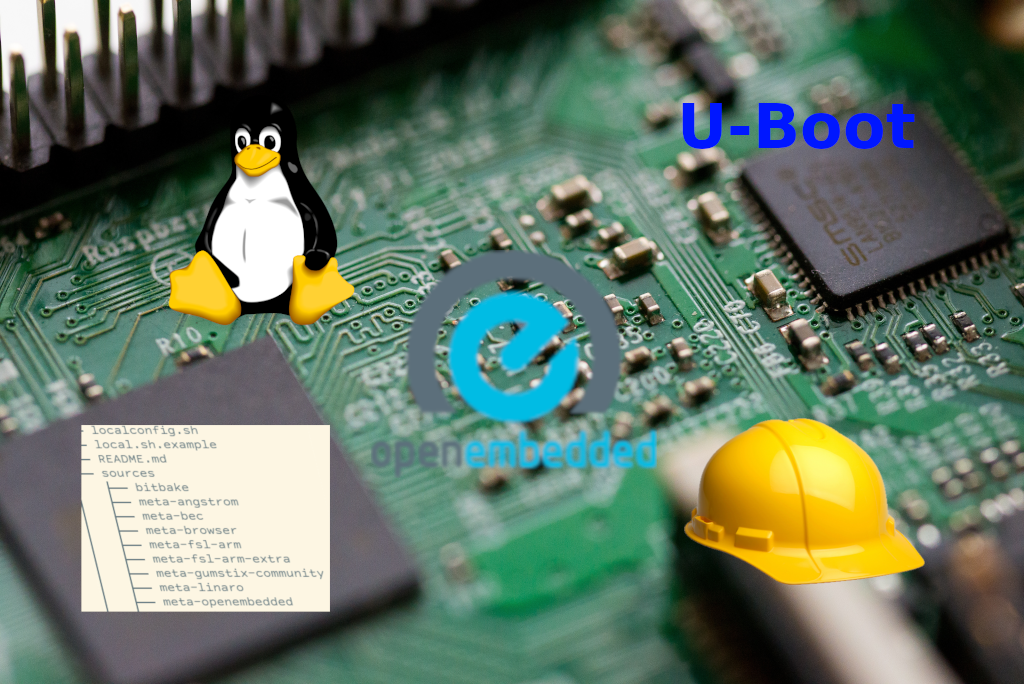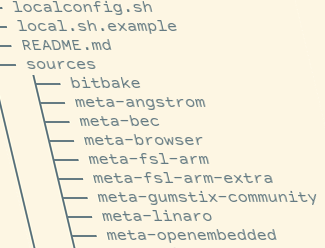Think Horses, not Zebras
There is a popular quote in medical circles:
When you hear hoofbeats, think of horses, not zebras. — Dr. Theodore Woodward
“Zebra” is the American medical slang for arriving at a surprising, often exotic, medical diagnosis when a more commonplace explanation is more likely.1 What does this have to do with product development? Like the medical profession, we often diagnose problems — we call it debugging. Below are three recent cases where I would have been helped by applying this approach a little more rigorously.
Read More »Think Horses, not Zebras



